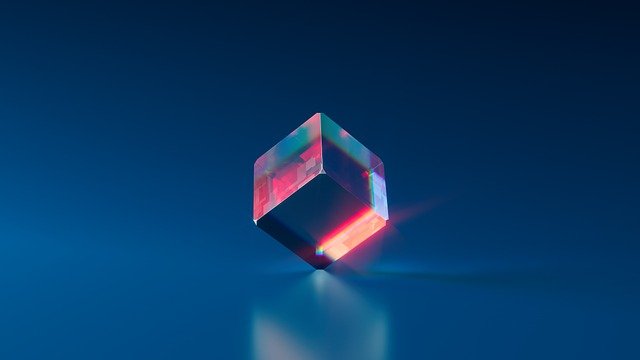Physicists have successfully taught a quantum computer in Australia to simulate a record-size time crystal. Research could pave the way for new ways to store information.
A crystal that continues to return to its base state in a cycle
Consequently Science Magazine The researchers succeeded in creating a time crystal consisting of 57 quantum particles. This is a significant increase over the 20-particle time crystal that scientists at Google created last year. According to the researchers, the new time crystal is too large for any conventional computer to simulate.
A time crystal is an essentially hypothetical object that has a periodic structure in its phase space that would not exist otherwise. This means that crystal time repeats itself over and over again. Accordingly, one can imagine a crystal as a system that has fallen into an eternal cycle.
Researchers turn impossible predictions into reality
The term was first used ten years ago when Nobel Prize winner Frank Wilczek from the Massachusetts Institute of Technology (MIT) was thinking about the spatial structure of atoms in an ordinary crystal. He asked himself something fundamental: How does this pattern occur?
The pattern in the atoms does not actually follow what the equations say about the forces between atoms. Much depends on how cool it is. When some atoms get close to each other, it becomes easy to predict the position of the next atom. This happens even if it is not explicitly mentioned in the equations.
The question now is whether these considerations can be carried into the future. This is how you envision a quantum particle system interacting via forces that do not change over time. However, such a system must be able to detect periodic developments even at its lowest energy levels. However, the thought experiment turned out to be an elusive goal.
However, in 2016, two new research revived the concept when they considered a mechanism that is repeatedly triggered by an outside force. They discovered that if certain conditions were met, it could adopt a pattern of change over time that recurs like an echo with a frequency lower than that of the stimulus. Time crystal was first discovered.
Qubits work like magnets
The device consists of a series of tiny quantum mechanics magnets which, thanks to the peculiar principles of quantum mechanics, can point not just up or down, but in both directions simultaneously. Neighboring magnets in a series tend to line up in opposite directions, lowering their energy, while a random local magnetic field causes each magnet to point in one direction or the other.
The continuous effect of the magnetic pulses ensures that the magnet rotates every two pulses. The point of the device is that each magnet configuration rotates on its axis over and over.
This concept has been demonstrated in a variety of systems, from electrons buzzing around diamonds to ions trapped in a trap. It was also made using quantum qubits, or qubits, in a quantum computer.
Philip Fry and Stefan Rachel, physicists at the University of Melbourne, have now produced a much larger proof of qubit. They conducted the experiment through a network of quantum computers operated by IBM in the United States. This is possible because qubits can behave similarly to a magnet. They have the value 0.1 or both values at the same time.
The researchers discovered that for certain configurations of their interactions, any initial setting of 57 qubits, such as 01101101110… remains constant over two pulses, returning to the initial state after every two pulses.
picture Rostislav Uzunov On pixabay
Similar jobs

“Total coffee aficionado. Travel buff. Music ninja. Bacon nerd. Beeraholic.”







More Stories
A mysterious discovery on Mars – NASA team talks about “tire tracks” or “dragon scales”
Ringworm (tinea corporis): symptoms and treatment
Short sleep significantly increases the risk of disease – healing practice